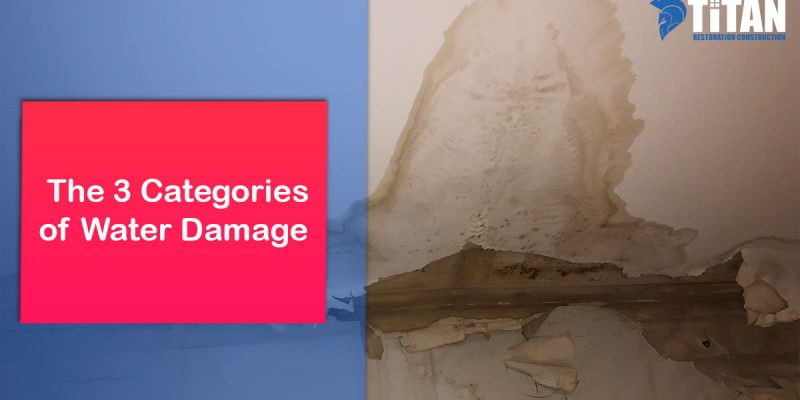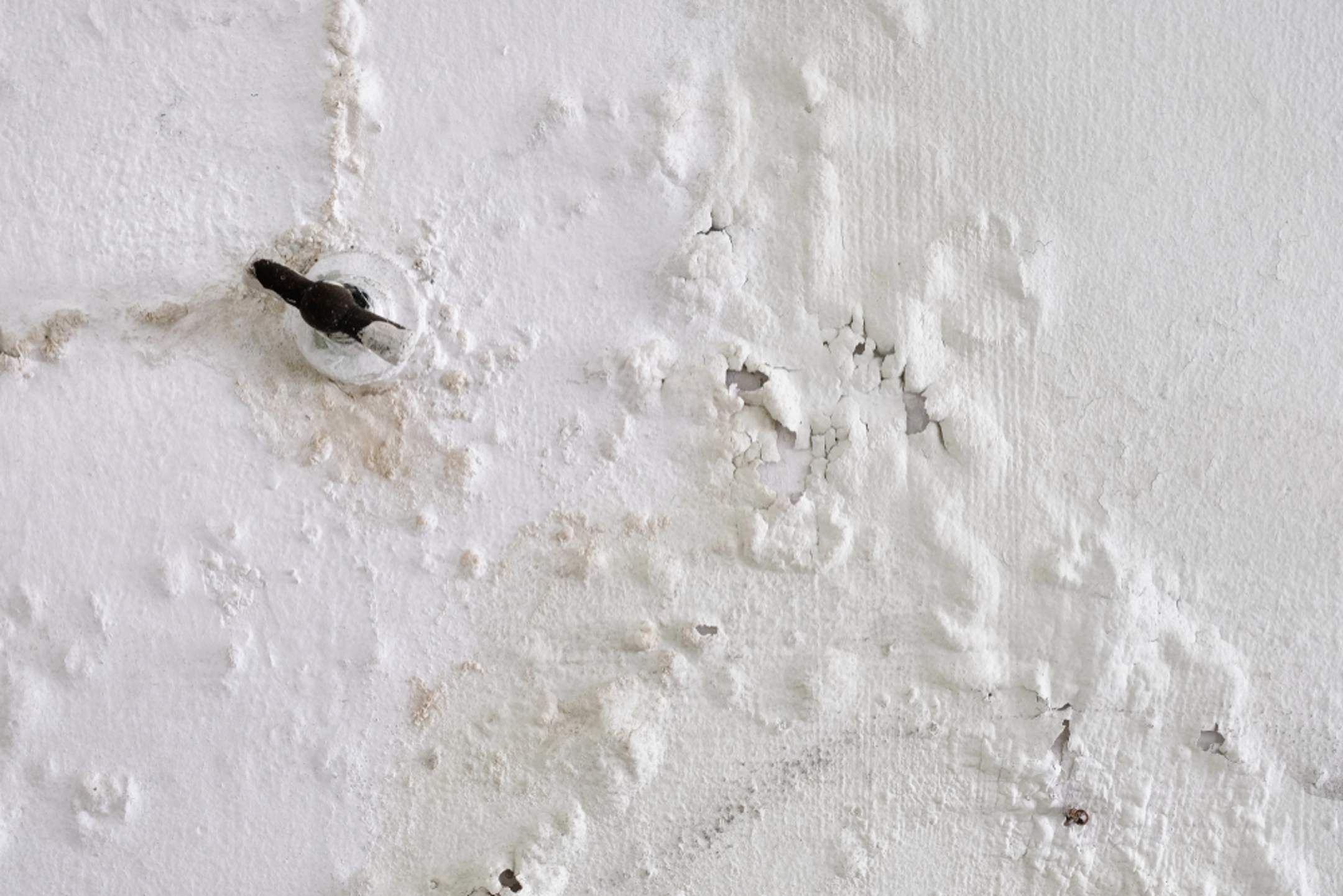Emergency Water Damage Restoration to Restore Your Property Quickly
The Refine of Water Damages Clean-up: Guaranteeing Your Home Is Brought Back Properly
Water damages can be a complicated challenge for homeowners, demanding a meticulous and organized cleaning procedure to bring back safety and capability. At first, an extensive evaluation is critical to recognize the extent of the damages and figure out the proper remediation procedures. Following this, effective water removal strategies play a pivotal role in mitigating additional injury. The nuances of drying, disinfecting, and ultimate restoration are similarly crucial and typically forgotten. Understanding these phases can make a substantial difference in the outcome of your home's reconstruction, motivating a closer consider what each step entails.
Evaluating the Damages
Upon discovering water damage, the initial step is to completely analyze the level of the influence. This first analysis is critical, as it assists establish the essential steps for effective clean-up and repair. Begin by checking the impacted areas, consisting of walls, ceilings, floors, and individual valuables, to identify the source of the water intrusion, whether from flooding, leakages, or condensation.
Recording the damage is vital for both insurance cases and preparing remediation efforts - damage restoration services. Use photographs and created notes to record the intensity of the damages, noting any type of affected architectural aspects and products. Pay unique interest to locations that might not be promptly noticeable, such as behind wall surfaces and under rugs, as hidden dampness can result in additional issues, including mold and mildew growth
Furthermore, assess the timeline of the water direct exposure. Ultimately, a comprehensive evaluation lays the foundation for a successful water damages clean-up process, making sure that all affected areas are attended to effectively and extensively.
Water Extraction Methods

Professionals generally use completely submersible pumps for bigger volumes of water, which can quickly relieve flooding in cellars or other impacted areas. For smaller sized quantities, wet/dry vacuums are typically utilized to draw out recurring dampness from carpetings and tough surface areas. Furthermore, using portable extractors allows for targeted removal in confined rooms or areas with fragile products.
In circumstances of polluted water, such as sewage or floodwater, progressed removal strategies might entail the use of biohazard tools to ensure safety and conformity with wellness guidelines. High-powered removal devices are crucial in minimizing water retention in architectural products, which can result in mold and mildew growth and structural deterioration otherwise dealt with quickly.
Ultimately, the effectiveness of water removal methods plays a pivotal function in the overall success of the water damages clean-up process, preparing for subsequent reconstruction initiatives.
Drying and Dehumidification
Once standing water has actually been successfully extracted, the next essential phase in the water damage clean-up process is drying out and dehumidification. This action is vital to prevent more damages and mold and mildew growth, which can occur within 24 to two days in damp settings.
To attain efficient drying out, specific tools such as industrial-grade air moving companies and dehumidifiers is used. Air movers distribute air throughout wet surface areas, boosting evaporation rates, while dehumidifiers reduce humidity degrees in the air, advertising a conducive atmosphere for drying out. The mix of these devices guarantees that dampness is extracted from wall surfaces, floorings, and home furnishings, allowing them to dry thoroughly.
It is crucial to monitor the drying procedure carefully. Experts often utilize wetness meters to analyze the moisture content in different materials, guaranteeing that all affected locations reach acceptable dryness degrees. This thorough strategy helps to stop covert dampness pockets that could lead to structural damage or undesirable mold and mildew development.

Cleansing and Disinfecting
After the drying out and dehumidification phase is complete, the next vital step in water damage cleaning is cleansing and sanitizing the affected locations. This procedure is critical to stop the growth of mold, bacteria, and various other virus that prosper in wet environments.
The cleansing stage normally includes removing any type of debris, dirt, and impurities from surface areas utilizing specialized cleaning up representatives. For tough surface areas, a combination of soap and water or business cleansing items is usually utilized. Soft materials, such as furniture and rugs, may require much more extensive cleansing techniques, consisting of vapor cleansing or deep removal techniques, to make certain detailed cleanliness.

Sterilizing adheres to cleaning, making use of EPA-approved disinfectants to remove harmful bacteria. This action is essential, specifically in areas that might have entered into call with floodwaters or sewage, as these resources can pose severe health threats.
Additionally, it is crucial to address any type of remaining smells, which may need the use of smell neutralizers or advanced methods like ozone therapy. Proper cleaning and disinfecting not just restore the security and health of your home but likewise prepared for effective restoration and repair services in succeeding stages of the water damage clean-up process.
Repair and Fixings

When the evaluation is full, restoration initiatives can start. This commonly entails fixing or changing broken products, making sure that all work conforms with local building regulations and criteria. If drywall has actually been jeopardized, it will need to be eliminated and replaced with brand-new material. In addition, floor covering may need comparable focus, depending upon the level of water direct exposure.
It is essential to involve skilled restoration specialists during this procedure, as they possess the knowledge to deal with complex fixings efficiently. Furthermore, they can aid minimize prospective future issues, such as mold and mildew growth or structural instability, hence ensuring a secure and habitable living setting. Inevitably, efficient reconstruction and repair work bring back the home's integrity and boost its overall value.
Verdict
Finally, the process of water damages clean-up is crucial for bring back a home to its pre-damage problem. Each stage, his response from evaluating the damage to applying effective water extraction techniques, followed by extensive drying out, sanitizing, and required fixings, plays an important function in making sure safety and security and compliance with building requirements. Efficient implementation of these steps not just mitigates instant damage however likewise boosts the lasting integrity and value of the building.
Water damages can be a daunting challenge for homeowners, demanding a precise and go to my blog structured cleaning process to restore safety and functionality. Inevitably, a thorough evaluation lays the groundwork for an effective water damage cleanup process, making certain that all impacted areas are resolved successfully and extensively.
Effective water removal techniques are essential in minimizing damage and protecting against more issues following a water breach event.In verdict, the process of water damages clean-up is crucial for recovering a home to its pre-damage condition. Each stage, from evaluating the damages to executing effective water extraction strategies, complied with by thorough drying, sterilizing, and required fixings, plays a vital function in guaranteeing safety and security and compliance with structure requirements.